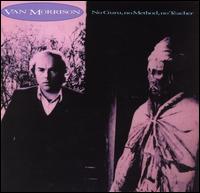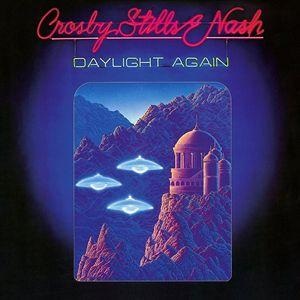The band consists, again, of Mike Rathke on guitar and guitar synthesizer—which replicates many of the piano parts familiar from the albums—and Fernando Saunders on bass and vocals, as well as some electronic drums. Jane Scarpantoni plays cello, of course, and the artist then known as Antony provides ethereal vocals. (Unfortunately missing from the listening experience are the demonstrations of Lou’s tai chi master, who appeared alongside the band on stage.)
He sounds a little drunk at first, teasing the crowd with the correct way to play “Sweet Jane” before switching abruptly to “Small Town”, peppering the lyrics with asides about Long Island, despite the show happening in L.A. But he soon hits his stride, and stays almost conversational over a subdued backing. The setlist runs a wide gamut, pulling out such deep cuts as “Tell It To Your Heart”, “The Day John Kennedy Died”, and the title tracks from Set The Twilight Reeling and Ecstasy. Three songs from Berlin predict that album’s revival a few years away. “Vanishing Act” and “Call On Me”, two of the better tracks from The Raven, are welcome, and after a brief history lesson, he recites his own version of the title poem in a different but still unsettling approach to Willem Dafoe’s take. Fernando gets the spotlight for his own lovely composition “Revien Cherie”.
Velvet Underground songs are mostly reserved to the later part of the show, and given vibrant readings thanks to the performers and their respective technologies. “Venus In Furs” is stretched to ten minutes via a harrowing cello solo, while “All Tomorrow’s Parties” is more rock than baroque. “Candy Says” is wisely handed over to Antony, who gives it a reading exponentially greater than Lou admits he could himself. Rather than the usual “hits”, more familiar tracks include “Dirty Blvd.” and “Street Hassle”, wherein all three parts are condensed to about two-thirds its original length.
All in all, it’s something of an “intimate evening with Lou,” though we wish he’d’ve shouted down those of the audience who hoot during quiet sections, or at least the pinhead who requests “Rock ‘N Roll Animal!” As there are other examples of angry Lou available for your listening pleasure, Animal Serenade is a recommended alternative.
Lou Reed Animal Serenade (2004)—3½






:format(jpeg):mode_rgb():quality(90)/discogs-images/R-433255-1499789031-5419.jpeg.jpg)